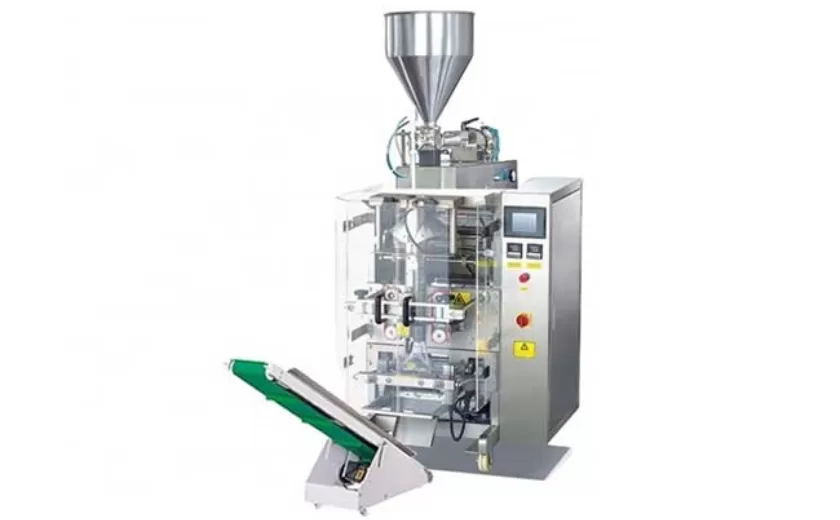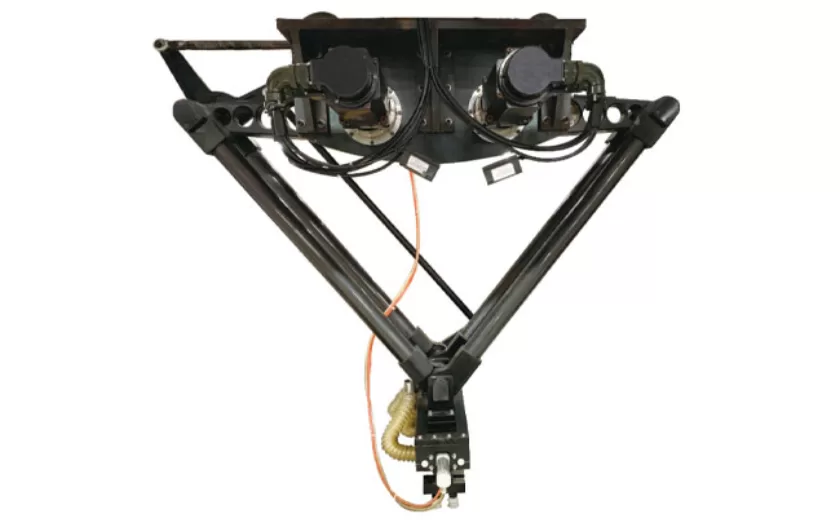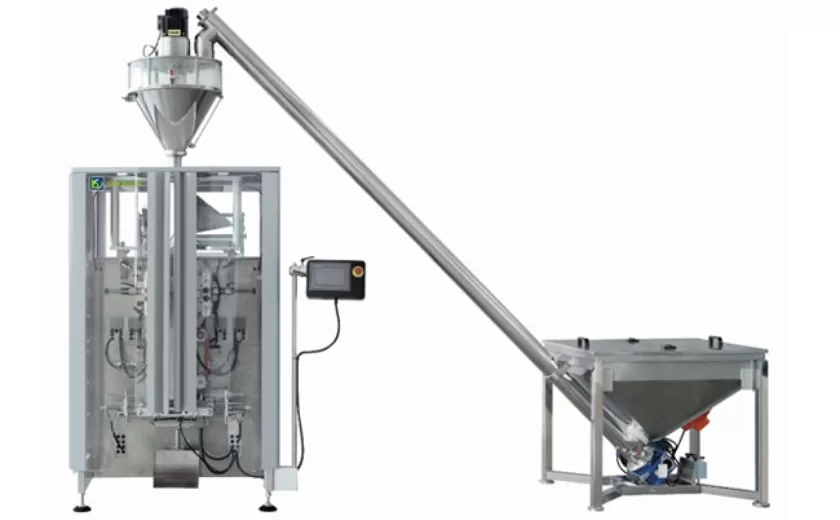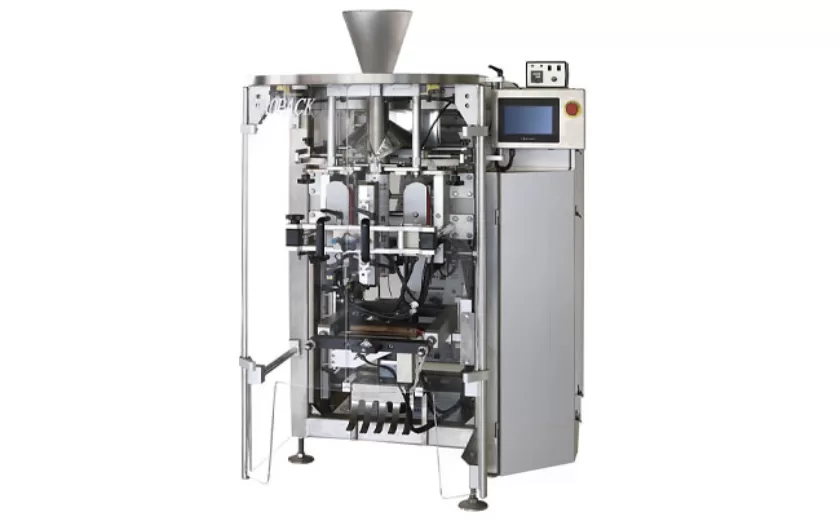The Environmental Impact of Automatic Weight Filling Machines
Automatic weight filling machines are essential equipment in various industries, including food, beverage, pharmaceutical, and chemical. They ensure accurate and efficient filling of products into containers, reducing product waste and increasing productivity. However, the environmental impacts of these machines must be considered to achieve sustainable manufacturing practices.
Energy Consumption
Automatic weight filling machines consume significant amounts of energy during operation. The motors, pumps, and other components require electricity to function, contributing to greenhouse gas emissions. By optimizing machine performance and investing in energy-efficient technologies, manufacturers can reduce energy consumption and minimize their carbon footprint.
Water Usage
Certain types of weight filling machines, such as those used in the food and beverage industry, require water for cleaning and sanitization. The discharge of wastewater from these machines can contain contaminants and contribute to water pollution. Implementing water conservation strategies, such as recirculation systems and efficient cleaning techniques, can reduce water usage and prevent environmental harm.
Material Waste
Weight filling machines can generate material waste in the form of packaging materials and product spillage. The excessive use of plastic films, foils, and containers can contribute to landfills and pollute the environment. By implementing sustainable packaging practices, such as using biodegradable materials and optimizing container sizes, manufacturers can minimize waste and promote recycling.
Emissions
Automatic weight filling machines can release air pollutants during operation. The combustion of fuels and the evaporation of solvents can release volatile organic compounds (VOCs), particulate matter, and other harmful substances. By implementing emission control technologies, such as catalytic converters and filters, manufacturers can reduce air pollution and protect the environment.
Noise Pollution
The operation of weight filling machines can generate significant noise levels. The motors, pumps, and movement of containers can disturb the surrounding environment and affect the well-being of nearby communities. By investing in noise reduction measures, such as acoustic enclosures and silencers, manufacturers can mitigate noise pollution and create a more sustainable working environment.
Sustainable Practices
To address the environmental impacts of automatic weight filling machines, manufacturers can adopt sustainable practices throughout the manufacturing process. These practices include:
Investing in energy-efficient technologies
Implementing water conservation strategies
Using sustainable packaging materials
Implementing emission control systems
Reducing noise pollution
Promoting recycling and waste reduction
By implementing these practices, manufacturers can minimize the environmental footprint of weight filling machines, contribute to a circular economy, and promote a sustainable future.
-

Advanced Packing Solutions: Snacks, Sugar, and Frozen Food Machines
29-10-2025 -

Efficient and Reliable Solutions for Salt, Nuts, and Frozen Dumplings Packing
29-10-2025 -

High-Performance Biscuits, Lollipop, and Ketchup Packing Machines for Modern Food Production
29-10-2025 -

Efficient Liquid Filling and Packing Machines for Modern Production
23-10-2025 -

Reliable Granule Packaging Machines for Efficient Production
23-10-2025 -

Efficient Auger Powder Filling Machines for Accurate Packaging
23-10-2025 -

High-Performance Liquid Filling and Packing Machines for Hygienic Production
10-10-2025 -

High-Efficiency Granule Packaging Machines for Precision and Speed
10-10-2025 -

High-Precision Auger Type Powder Filling Machines for Efficient Packaging
10-10-2025 -

Efficient Vertical Form Fill Seal Packaging Machines for Smart Production
10-10-2025





